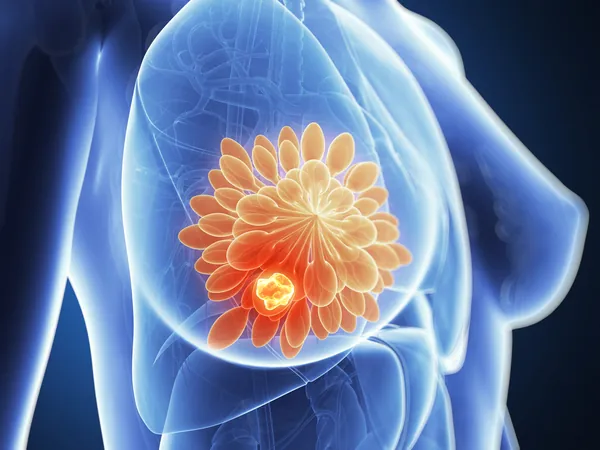
Alarming Findings: Women with BRCA Mutations Face High Risks of Second Cancers After Breast Cancer Diagnosis
2024-11-05
Author: Nur
Study Overview and Critical Findings
The extensive research tracked a total of 26,291 patients—including 25,811 women and 480 men—diagnosed with breast cancer. The participants were evaluated for genetic mutations linked to BRCA1 and BRCA2 at NHS Clinical Genetics centers in England from 1995 to 2019.
Among those evaluated, a striking 1,840 women carried BRCA1 mutations and 1,750 carried BRCA2 mutations. The findings present a shocking reality: BRCA1 mutation carriers with breast cancer exhibited an astonishingly high standardized incidence ratio (SIR) of 15.6 for contralateral breast cancer, indicating a significantly elevated risk compared to the general population. Furthermore, the risks for ovarian cancer soared to an SIR of 44.0. Other notable risks included nonbreast/ovarian cancers (SIR = 2.18), colorectal cancer (SIR= 4.80), and endometrial cancer (SIR = 2.92).
In contrast, BRCA2 carriers with breast cancer faced increased risks as well, including an SIR of 7.70 for contralateral breast cancer and 16.8 for ovarian cancer, alongside concerning SIRs for pancreatic cancer (5.42) and nonbreast/ovarian cancers (1.68).
When comparing BRCA carriers to those without known mutations, the threats grow even clearer. BRCA1 carriers confront a hazard ratio (HR) of 3.60 for contralateral breast cancer and a staggering HR of 33.0 for ovarian cancer. Meanwhile, BRCA2 carriers experience an HR of 2.40 for contralateral breast cancer and an HR of 12.0 for ovarian cancer.
The 10-Year Risk Breakdown
For women with breast cancer, the study highlighted 10-year cumulative risk rates as follows: - **BRCA1 Carriers**: - 16% for contralateral breast cancer - 6.3% for ovarian cancer - 7.8% for combined nonbreast/ovarian cancers - **BRCA2 Carriers**: - 12% for contralateral breast cancer - 3.0% for ovarian cancer - 6.2% for combined nonbreast/ovarian cancers - **Non-Carriers**: - Only 3.6% for contralateral breast cancer - A mere 0.4% for ovarian cancer - 4.9% for the combined risks
A Wake-Up Call for Male Patients
Interestingly, male BRCA2 carriers also exhibit heightened risks, with hazard ratios indicating increased susceptibility to contralateral breast cancer (HR = 13.1) and prostate cancer (HR= 5.61) compared to non-carrier males.
In light of these alarming findings, the researchers stress the importance of proactive measures for survivors of breast cancer who carry these pathogenic variants. They emphasize that these individuals could greatly benefit from enhanced surveillance and risk-reduction strategies.
Conclusion
As the medical community grapples with these sobering statistics, the study underscores the urgent need for ongoing research into better surveillance methods and preventive measures for cancer survivors with BRCA mutations. It serves as a crucial reminder of the importance of genetic testing and informed healthcare decisions in managing cancer risk.



 Brasil (PT)
Brasil (PT)
 Canada (EN)
Canada (EN)
 Chile (ES)
Chile (ES)
 España (ES)
España (ES)
 France (FR)
France (FR)
 Hong Kong (EN)
Hong Kong (EN)
 Italia (IT)
Italia (IT)
 日本 (JA)
日本 (JA)
 Magyarország (HU)
Magyarország (HU)
 Norge (NO)
Norge (NO)
 Polska (PL)
Polska (PL)
 Schweiz (DE)
Schweiz (DE)
 Singapore (EN)
Singapore (EN)
 Sverige (SV)
Sverige (SV)
 Suomi (FI)
Suomi (FI)
 Türkiye (TR)
Türkiye (TR)